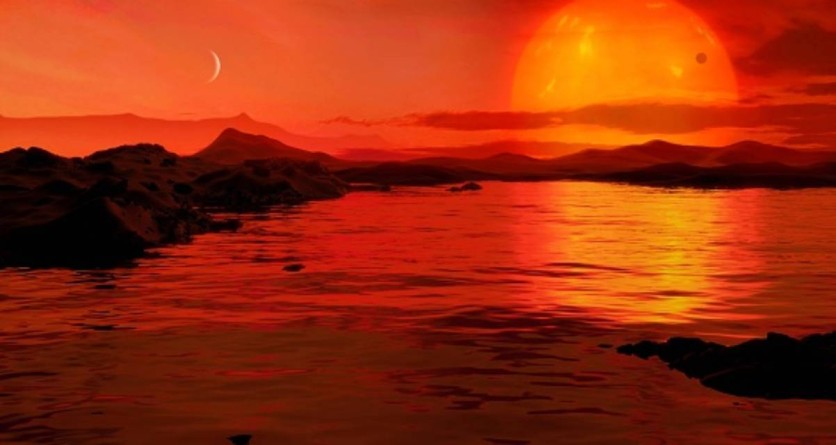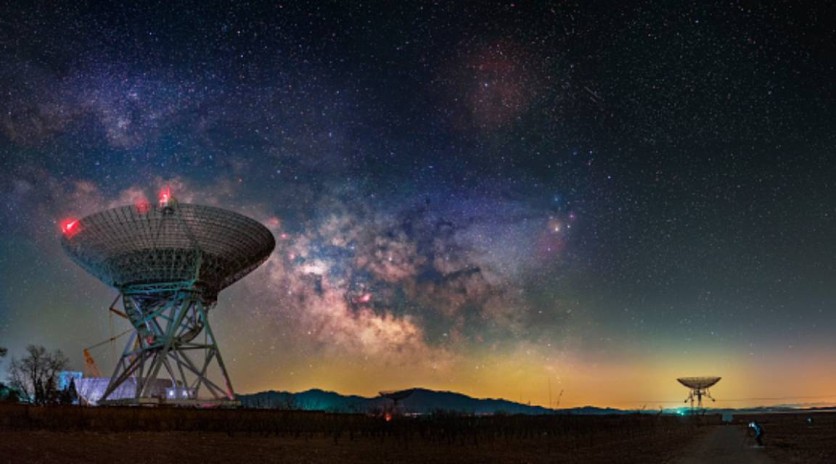Proxima Centauri, the closest star to Earth, is one of several potential candidates for hosting aliens within its system. However, a recent incident involving the star has had scientists and experts debating.

The Science Times reports that Proxima Centauri's biggest solar flare yet is raising questions about whether or not its two planets host extra-terrestrial life. The flare, which is one of the largest ever recorded in the Milky Way galaxy, also emitted a ton of radio waves and different types of radiation.
The solar flare was also roughly 100 times more powerful than anything we've experienced in our own solar system, writes Space.com. Proxima Centauri's flare, however, wasn't visible to the human eye as it shone in ultraviolet light. But when the researchers observed it under UV wavelengths, they found that it brightened the star roughly 14,000 times in mere seconds.
The power of Proxima Centauri's flare, however, could make life really hard for extra-terrestrial life to live close to the star.
Read also : NASA Scientist Thinks Aliens May Not Be Carbon-Based And May Have Already Visited Our Planet
Bad News For Extra-Terrestrial Life?
The Proxima Centauri system has been considered a prime candidate for alien life for a while. Of its two planets, Proxima b is the one in the Goldilocks or habitable zone, reports Digital Trends. This is what scientists call a certain area around the orbit of a star where it's not too hot or too cold for liquid water to form. And as all experts on Earth suggest, liquid water is essential for life to flourish.

But if Proxima Centauri regularly puts out record-breaking flares like that, it would also mean that its planets won't have a real atmosphere. The matter emitted by the flares would strip these planets bare over time, and make it impossible for extra-terrestrial life to exist. But scientists are still hopeful that life can exist there, claiming that it's not technically impossible.
They actually might be right, and judging from what we know on Earth, living organisms can be quite the hardy bunch (just look up tardigrades, aka water bears). In fact, life might not even need a rocky planet like Earth or Proxima b to form. All it needs are the essential "ingredients," liquid water among them, and they can exist even in small, rocky objects called "planetisimals," which are considered the building blocks of planets.
We Might Not Be Alone, But We're Likely One Of A Kind
Everyone obsessed with the hunt for extra-terrestrial life knows the Fermi Paradox, which basically says, "If aliens exist, then where is everyone?" But numerous counters to this have been proposed over the years, and there's an interesting one floating about.
Maybe humans aren't alone in the universe at all. But we are one of a kind. That is, humans are probably the only intelligent species in the known universe, which could explain why we haven't met any aliens yet. They cannot reach us or contact us because they're too primitive. That's why we haven't seen them.

Only time will tell if the closest star system on Earth will reveal if we do have alien neighbors. But until then, all we can do is make educated guesses while looking through our telescopes.
This article is owned by Tech Times
Written by RJ Pierce
ⓒ 2025 TECHTIMES.com All rights reserved. Do not reproduce without permission.




